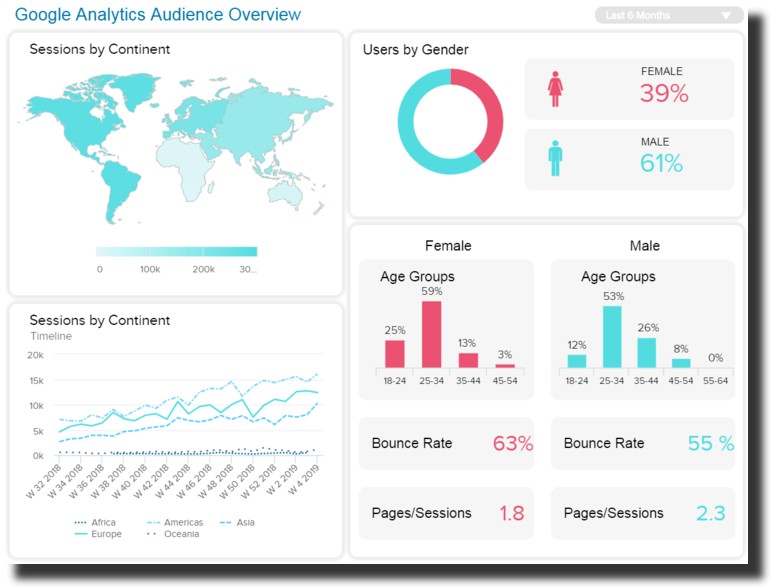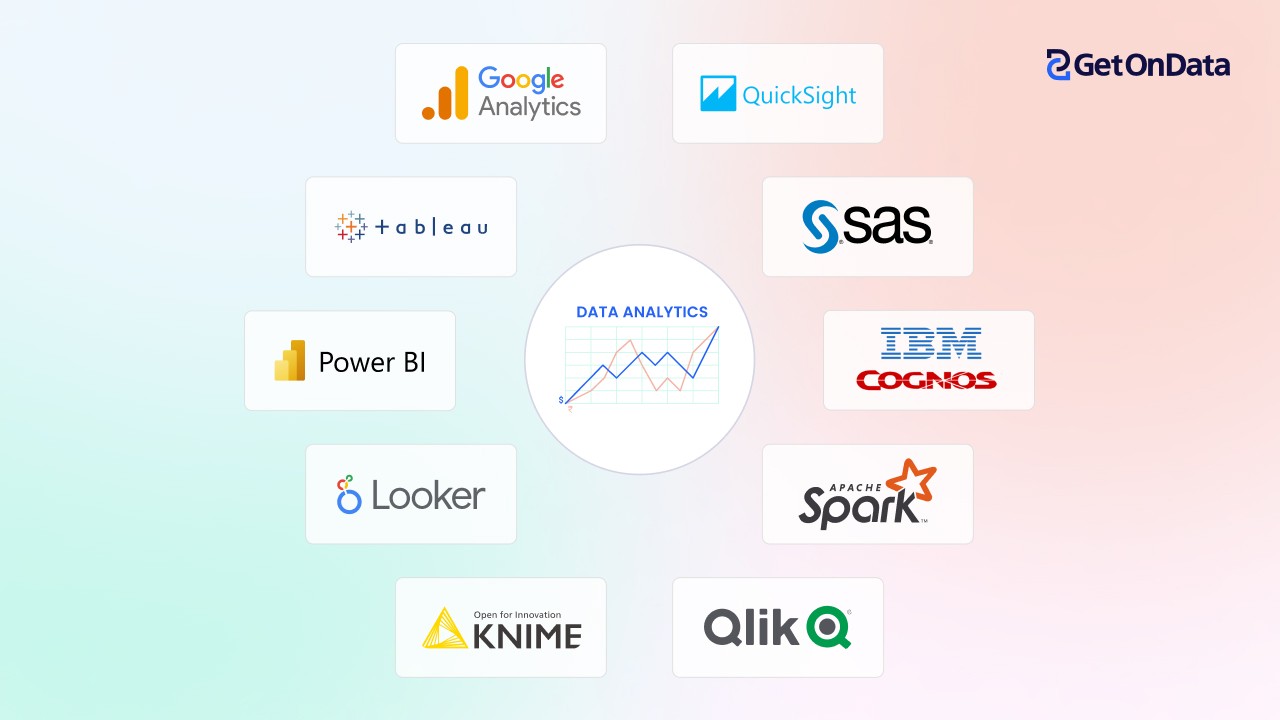Increase Efficiency and Productivity Via Information Analytics
In today's data-driven landscape, companies are increasingly recognizing the crucial function of information analytics in enhancing functional efficiency and productivity. By systematically examining data, companies can reveal important insights that notify strategic decisions, simplify processes, and dressmaker consumer experiences.
Understanding Information Analytics
In today's data-driven landscape, recognizing data analytics is necessary for companies aiming to improve functional efficiency and drive success. Information analytics entails the systematic computational evaluation of information collections to uncover patterns, connections, and insights that educate decision-making. By using different techniques, such as analytical analysis, artificial intelligence, and anticipating modeling, companies can transform raw data into actionable knowledge.
The procedure commonly begins with information collection, where appropriate info is collected from numerous resources, consisting of transactional data sources, consumer communications, and market fads. This data is then cleaned and organized to guarantee accuracy and consistency. Once the data is prepared, analytical tools and software application are used to discover and envision the details, making it possible for stakeholders to recognize fads and abnormalities.
Ultimately, understanding data analytics empowers companies to make enlightened decisions based on empirical proof instead of instinct. It promotes targeted approaches that can maximize source allotment, improve customer complete satisfaction, and enhance overall efficiency. As services progressively recognize the worth of data-driven understandings, a solid grip of data analytics becomes a crucial competency for teams and leaders alike, positioning them for continual success in a competitive setting.

Key Advantages for Businesses
Organizations that take advantage of information analytics can unlock a plethora of advantages that dramatically improve their procedures and success. Among the primary advantages is boosted decision-making. Data analytics gives actionable insights stemmed from real-time data, enabling organizations to make educated selections that align with market needs and customer choices.

Additionally, data analytics fosters enhanced customer experiences. By understanding customer behaviors and preferences, businesses can tailor their offerings, leading to enhanced fulfillment and loyalty. This individualized technique commonly causes greater conversion rates and repeat company.
Additionally, data analytics enables businesses to recognize arising patterns and chances. By remaining in advance of the curve, organizations can take advantage of brand-new markets and advancements before their competitors.
Implementing Data-Driven Approaches
Successful execution of data-driven techniques requires a thorough understanding of both business objectives and offered data sources. Organizations should first specify their purposes plainly, ensuring placement in between information campaigns and critical objectives. This quality enables teams to concentrate on pertinent metrics and insights that drive decision-making.
Next, companies need to examine their existing information framework. This entails assessing information high quality, ease of access, and combination abilities. Premium information is vital for exact analysis, as inadequate data can cause illinformed methods and squandered resources. Organizations needs to establish procedures for data collection, cleaning, and administration to keep data honesty.
Furthermore, fostering a data-driven culture is crucial. Workers at all degrees ought to be motivated to leverage information in their day-to-day operations. Educating workshops and programs can improve data proficiency, empowering team to make enlightened decisions based on analytical understandings.
Devices and Technologies Overview
A durable suite of tools and innovations is important for companies aiming to harness the complete potential of information analytics. These devices promote the collection, processing, and visualization of information, enabling businesses to derive actionable understandings.
At the fundamental degree, information administration platforms such as SQL data sources and NoSQL systems supply reliable information storage and access capacities. For information processing and analysis, shows languages like Python and R, along with frameworks such as Apache Flicker, make it possible for complicated estimations and machine knowing applications.
Visualization tools, consisting of Tableau and Power BI, transform raw data right into instinctive visual styles, making insights accessible to stakeholders in all degrees. In addition, cloud-based platforms like Google Cloud and AWS use scalable storage space and processing services, accommodating the expanding quantities of information organizations encounter.
For advanced analytics, anticipating modeling and recommended you read AI-driven options are increasingly embraced, permitting firms to anticipate patterns and enhance decision-making procedures. Integrating these devices into existing workflows is extremely important; companies that successfully take advantage of this modern technology can dramatically improve functional efficiency and drive profitability. Therefore, investing in the right devices and modern technologies is a critical essential for any kind of data-driven organization.
Study of Success
Leveraging information analytics has led many companies to achieve amazing renovations in effectiveness and success. One noteworthy case is a large retail chain that executed anticipating analytics to enhance inventory monitoring. By examining historical sales data and client trends, the firm visit their website lowered excess inventory by 30%, causing significant price savings and boosted capital.
Another example can be located in the manufacturing field, where a leading auto producer used information analytics to improve its manufacturing procedures. By keeping an eye on equipment performance in real-time, the organization determined traffic jams and inadequacies, leading to a 20% boost in overall equipment effectiveness (OEE) This not only boosted manufacturing prices however likewise reduced downtime and maintenance costs.

These situation studies show how information analytics can drive strategic decision-making, enhance procedures, and eventually boost both efficiency and productivity across numerous sectors.
Final Thought
Finally, the combination of information analytics into company procedures offers significant opportunities for enhancing performance and success. By methodically analyzing data, companies can identify ineffectiveness, maximize consumer experiences, and make informed decisions. The fostering of anticipating modeling and real-time surveillance even more allows businesses to stay ahead of emerging patterns and designate sources effectively. Eventually, the calculated execution of data-driven methodologies fosters sustained competitive advantages and drives considerable enhancements in functional efficiency and monetary results.
In today's data-driven landscape, comprehending data analytics is necessary for companies aiming to enhance functional efficiency and drive productivity. Information analytics entails the organized computational evaluation of data sets to reveal patterns, relationships, and insights that inform decision-making. Information analytics gives check out this site actionable insights acquired from real-time data, allowing businesses to make enlightened options that align with market needs and consumer choices.
High-quality information is necessary for precise analysis, as bad data can lead to misguided approaches and lost resources. Organizations has to establish procedures for data collection, cleansing, and administration to maintain information integrity.